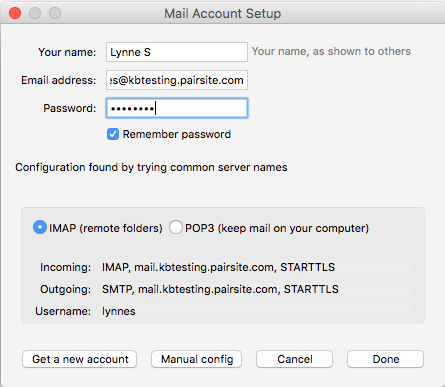

In Excel 2011, click the Pivot Table, select Pivot Table menu bar and click the change source button. Now we need to amend the Pivot table to use the Named Range, rather than the fixed reference. However if you make a mistake you can manually change the range of a defined name, by using Insert > Name > Define from the main menu, select the name you want to amend and change the cell references. This does mean you will need to insert new rows every time you add data, rather than copy and paste. The reason that we included a blank cell at the bottom is if you insert new data between the last row of the table and the blank row, Excel will automatically adjust the range of the defined name.
Use pivot tables in excel for mac plus#
Select your entire table that you use in the pivot table plus one blank row at the bottom, and click in the Name box, to the left of the formula bar and enter a suitable name, "Pivot_Range" and press return. If you are going to reuse the same pivot table, but add new data then the best way is to give your data a named range. In my original example this was Sheet1!$A$2:$B$12. When we built the first pivot table it is likely that the Pivot Table was linked to your data by a fixed range. Secondly we need to refresh the Pivot Table to take in the new data. Firstly we need to make sure the Pivot Table is pointing towards the table with the additional data (new rows) added.Ģ. I don't think you need to do this with previous versions of Excel for Mac, as Tabular Layout is the only option from memory. Do the same for the First Name field as well.įor anyone using Excel 2011 you will also need to make sure you have Tabular Layout selected in the Pivot Table > Design > Layout Toolbar. To do this select the First Row header for e-mail address and right mouse click and choose 'Field Settings' then select none for subtotals. Lastly you will need to turn off subtotals for e-mail address and first name, so it keeps all the items on one row. Make sure that you have the unique sort first in the list (the e-mail address), otherwise it will sort by first name/last name instead. The create the pivot table as before, but you will need to add the additional Columns for first name and last name to the Row Labels box. You can add additional Columns for first and last name, in the example I have just added first name, but principle is the same for additional columns.įirst select all the data, including the columns for additional row names that you want in your pivot table Then choose if you want ascending or descending

Just select the first data element in the value field of the pivot table (the first one under 'Total') and from the menu choose Data > Sort. Because of the high number of unique email addresses, I can't just do a search for every email address and manually make a note of it. For example, if opened the newsletter every week for two months, I would like a list with his email address in one column and the number "8" in another column, signifying the number of opens he's responsible for. What I'd like to do is somehow get a list the email addresses sorted by frequency, so I can see how many times each unique email address has opened the newsletter over the last few months. Every week we pull up our statistics and copy and paste the list of email addresses that have opened that week's newsletter into the Excel document, meaning I have a few months' worth of email addresses, many of which repeat often or fairly frequently in the "Email address" column. In it, my organization has a list of which email addresses opened our weekly newsletter. I have an Excel spreadsheet that is approximately 1,850 rows long.


 0 kommentar(er)
0 kommentar(er)
